The Discovery Phase creates the space to explore all options before jumping straight into ‘solution mode’.
The best outcomes are always achieved with a little groundwork to define the problem that needs to be solved. Where this problem is complex, the Discovery Phase explores all options and unearths potential solutions to be explored and tested.
The Discovery outputs are used as the foundation for the digital project to ensure it does not fail to reach its full potential. Having a clear plan of action reduces the chance of budget being spent in the wrong areas and creates a more structured and rewarding experience for all stakeholders.
How we do Discovery
We will apply a particular set of disciplines from the following to match the needs of each unique project.
Audits
Audits are a method by which we catalogue and document the current and desired states. This activity involves us engaging with everyone from your IT to marketing teams, which also serves to onboard and involve them in the project.
Research
We use our systematic and holistic approach – the 7 pillars framework – to create a research plan. We design a set of research activities to answer the specific project need and have experts to apply qualitative and quantitative research methodologies to understand behavioural and attitudinal motivators and end user requirements.
Workshops
Alongside 1:1 consultations, our trained facilitators design a series of workshops to engage stakeholders. This creates a forum for teams to share business insights, establish project scope, acknowledge constraints and define success.
User story development
Here is where we identify the individual requirements for the project. We do this in the form of user story development, usually through a series of workshops with key stakeholders. Joining up with the insights gathered from customer research allows us to ensure we’re creating an outcome with the end user in mind.
Prototyping and testing
The Discovery Phase aims to gain a detailed understanding of stakeholders and the end customer in order to design and build a solution that achieves business goals. Here’s where we start testing those hypotheses with a subset of the target audience using prototypes of the final solution.
Conceptualisation
Testing allows us to gain insights into how well user needs, wants and expectations are being met by a digital service or product. Conceptualisation is where we bring all the insights to life through interactive user interface mockups.
And the proof?
A snapshot of our Discovery clients

Reward Hospitality
Reward Hospitality recognised that taking its website to the next level meant deep diving into UX and design.

Weir Minerals
Weir Minerals engaged Luminary to help it better understand the online needs of its global customer base.

Clipsal Electrical Design Application
The Clipsal Electrical Design Application is a web-based app that enables professional consultants to help homeowners who are building or renovating to tailor their electrical, lighting and smart home plans and bring them to life.

ANZIIF
Insurance and finance industry professional association ANZIIF wanted to elevate the member experience on its Sitecore website.

LUCRF Super
Underpinned by a comprehensive discovery phase, this project resulted in a site that is genuinely user centric.

Clipsal Virtual Smart Home
Clipsal wanted a virtual way to let customers experience the benefits of living in a Clipsal Wiser Smart Home.

RedZed
Empowering borrowers with a transparent digital experience: RedZed partnered with Luminary to deliver a user-centric online experience that addresses the needs of both brokers and direct loan customers.

Heart Foundation
Heart Foundation funds lifesaving heart research, education and work to improve heart disease prevention and care for all Australians.
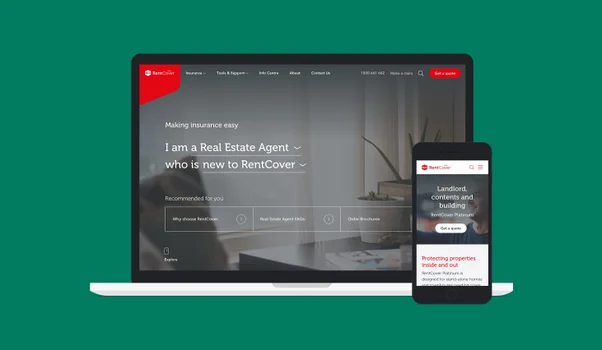
EBM RentCover
EBM RentCover’s new website went from concept to launch in less than three months.

Legalsuper
legalsuper approached Luminary following a significant brand refresh and was faced with the predicament of redesigning and redeveloping their existing website or investing in a new build on a more suitable technical platform to suit their future needs.
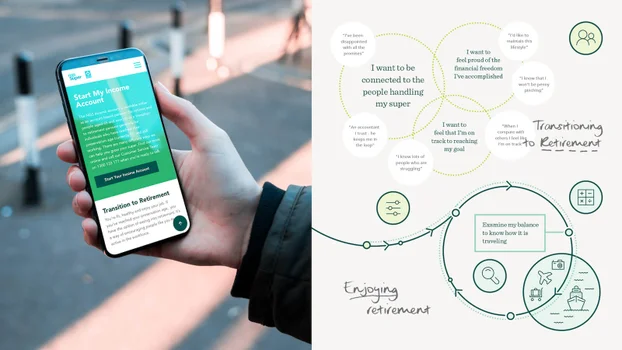
NGS Super
NGS Super was looking for a platform that would provide security and stability, as well as empowering its staff to be self-sufficient in managing the site.
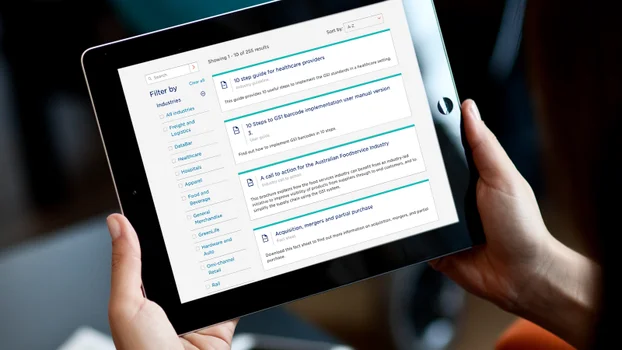
GS1 Australia
GS1 Australia engaged Luminary to move its web presence from an end-of-life platform (Ektron) to Kentico.
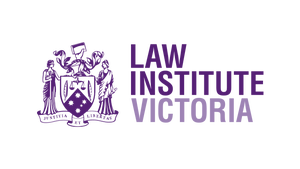



SILK Laser Clinics
SILK Laser Clinics engaged Luminary to undertake a discovery project that would identify key digital transformation opportunities and lay the foundation for a future-proof online experience.
Our Discovery expertise
Key people and musings from our blog

Adam Griffith
Managing Director & Owner
Adam is a trusted advisor for our clients, and welcomes new clients to the Luminary community.

Liam Thomas
Engagement Director
Liam leads the Client Service team and is ultimately responsible for the quality of our client relationships.

Emma Andrews
Strategy Director
As Strategy Director, Emma's primary task is to ask lots of questions of our clients and transform the responses into a blueprint for success.

17 min read
The 7 secret ingredients for digital project success
Luminary Digital Strategist Emma Andrews reveals what it takes to really get value out of your investment in digital.

6 min read
How to create a digital strategy roadmap
A good strategic roadmap not only outlines what you want to achieve with your digital strategy, but sets out the detail of how you're going to get there. Here we provide guidance on how to do it, along with a downloadable Digital Roadmap Toolkit.

6 min read
Digital disruption – are you ready?
Nimble start-ups and global juggernauts tend to dominate the digital disruption landscape. But there are plenty of things you can do to create disruption if you’re somewhere in between.
5 min read
Agile is not a process
We often hear terms like 'agile methodology', 'agile process', 'hybrid agile', and – God forbid – 'wagile' or 'agfall'. But I’m here to set the record straight: Agile is not a process; it’s a mindset.
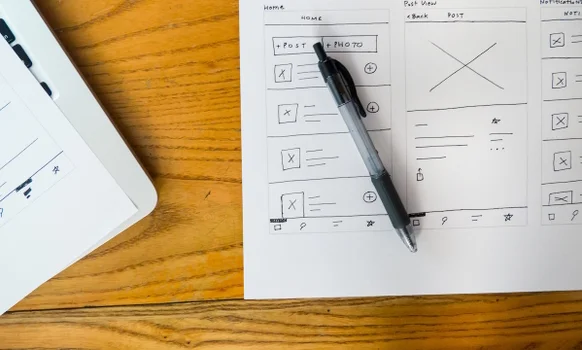
6 min read
Why UX is not optional
UX isn’t just about how things look, it’s about how end users think and engage with a digital experience. Even a modest investment in UX will pay dividends in terms of usability, engagement and performance.
Handy resources
Check out the handy resources below for downloadable guides, checklists and templates to help you achieve your digital goals.

8 min read
How to choose the right CMS
You’ve decided you need a new Content Management System – but where do you start in deciding which one to go with? Here, we distill our learnings over the past two decades of advising clients on choosing digital platforms. We’ve even included a downloadable comparison matrix for you to rank contending CMS or DXP options.

9 min read
Building a martech stack
Selecting a martech stack can be overwhelming. The right mix of products can be the make or break of an organisation’s digital strategy. Here, we share our insights and tips from many years of assisting clients with this daunting task. We also include our downloadable Martech Audit Matrix for you to audit your existing stack.

10 min read
WTF is GEO? A guide to staying visible in AI search
Feeling overwhelmed by all the new acronyms flying around in search and content marketing? You’re not alone. From GEO to AIO and AEO to SXO, it’s hard to know what’s what – and what you actually need to focus on.

6 min read
How to create a digital strategy roadmap
A good strategic roadmap not only outlines what you want to achieve with your digital strategy, but sets out the detail of how you're going to get there. Here we provide guidance on how to do it, along with a downloadable Digital Roadmap Toolkit.

5 min read
How to perform a website audit
Conducting a website audit sounds like a really big, scary, time-consuming chore, but it doesn’t have to be. We’ve simplified the task for you with six key areas to assess – along with a downloadable checklist full of useful questions, tips and tools.

6 min read
How to brief a digital agency
Whether you’re briefing your existing agency or inviting new agencies to respond to a request for proposal, there are certain ‘rules of the game’ that will help you drive the best possible result. This blog post features a downloadable digital agency briefing template to help you get off on the right foot.

The Marketer's Guide to Headless CMS
Everything you need to know if you're considering migrating your website from a traditional CMS to a headless CMS.

A Guide to Digital Product Design
Everything you need to know if you're considering developing and launching a digital product.

5 min read
Why conducting a content audit is essential
Performing a content audit is a crucial step in optimising a website's performance. It can help identify outdated or irrelevant content, identify content gaps, improve SEO efforts, enhance user experience, and save time and resources.









